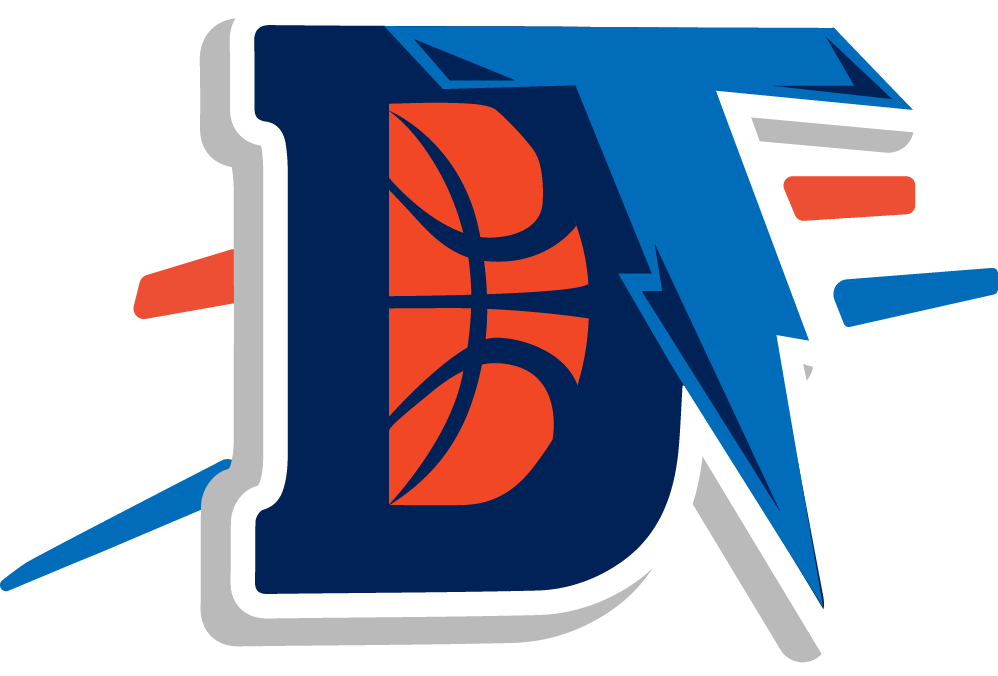Being Bad at the Right Time: Rebuilding the Thunder Way

Layne Murdoch/NBAE/Getty Images
“The Thunder Way”
It’s a method of roster building that the Thunder have utilized and made to appear almost fool-proof. It seems so darn simple that every team should do this:
Step 1: become a terrible basketball team.
Step 2: draft a future Hall of Fame player.
Step 3: draft more extremely talented players (near-All-Star caliber or better).
Step 4: spend wisely.
Step 5: win titles. *
* TBD
(This gets slapped with the “Thunder Way” or “Thunder Method” moniker because General Manager/VP/Front Office God Sam Presti has been wildly successful with this strategy. But this has been tried before with far less success. Chicago cycled through numerous high draft picks from 1999 and 2004 but couldn’t make the pieces work and encountered horrible luck. Portland came out of the 2006 and 2007 drafts with LaMarcus Aldridge, Brandon Roy and Greg Oden but injuries derailed this potentially devastating trio.)
The Cleveland Cavaliers made news recently when they fired head coach Mike Brown for the second time in the past four years. A week later, they made news again by winning yet another NBA draft lottery. To put it lightly, the post-LeBron era has been a struggle in the Rock and Roll Capital of the World. The Cavaliers put on a brave face after James took his talents to South Beach, but eventually accepted reality and began a full-on rebuild. Cleveland seemed to follow the “Thunder Method”, but only up until about step 2.
What’s the difference? Timing. Turns out, it really does matter what kind of talent is available when a team is bad and collecting those high draft picks.
Between 2007 and 2009 the Thunder franchise had four top-5 draft picks. Those picks turned out to be Kevin Durant, Jeff Green, Russell Westbrook, and James Harden. Three of those four players are franchise cornerstones. And it’s not like Presti had to scrape the bottom of the talent barrel to get those guys (save for 2007, when the dropoff from Durant to Al Horford is roughly equivalent to the distance between Earth and Mars, and that’s taking into account the fact that Horford is an All-Star when healthy). These three drafts were stocked with future All-Star caliber talent.
Instead of selecting Green fifth overall in 2007, the Presti could have drafted Joakim Noah, who was just recently named Defensive Player of the Year. If Westbrook had been taken in the first three picks in 2008, an All-Star like Kevin Love or Brook Lopez wouldn’t have been a terrible fallback option despite the obvious disparity in talent and health (many mock drafts at the time had the then-Sonics taking Lopez). In 2009 the Thunder could have made things work with Stephen Curry instead of Harden, if necessary (the author of this article had his heart set on Curry in that draft, for what it’s worth).
(Side note: It also didn’t hurt that Presti hit a grand slam with Serge Ibaka in the latter third of the 2008 draft.)
Contrast this to the Cavaliers, who also had four top-5 draft picks in a three year span, including two #1 overall picks. The Cavs seemingly got off on the right foot, selecting Kyrie Irving with the first overall pick in 2011. While there’s no confusing Irving for Kevin Durant, Irving is the kind of player a number of teams would happily build around and still has yet to hit his ceiling. Three picks later in that same draft, Cleveland selected Tristan Thompson, a solid if unspectacular professional player. Cleveland could have gone in a different direction instead such as Klay Thompson, Jonas Valanciunas, or made a big gamble with Kawhi Leonard, but drafting the former University of Texas big man was acceptable.
Then the incoming pool of NBA talent let the Cavs down like the LA Clippers’ defense in the final 4 minutes of Game 5 of the Western Conference Semifinals.
Cleveland selected Dion Waiters with the fourth pick in 2011. Not a bad player, but not a great player. It’s doubtful he ever plays in an All-Star game. There will be no televised specials on ESPN if he ever reaches free agency. But he should be a long-term rotation player. Nevertheless, Cleveland did not come out of this draft with a Westbrook equivalent. In fact, there was only one player available in this draft that could draw such a comparison, guard Damian Lillard, but the Cavs had little use for him since he plays the same position as Irving.
The 2012 draft did Cleveland no favors whatsoever. It was perhaps the worst draft in 12 years in terms of impact players and Cleveland “won” the ability to make the first overall pick. And Anthony Bennett can still potentially become a Hall of Fame player in the same way that I could also become the sports editor at the New York Times someday. In defense of the Cavs, they couldn’t possibly have known that Steven Adams had Naismith Memorial potential (I kid. Mostly).
Like the Bulls franchise at the turn of the 21st century, the Cavs became a bad team at the wrong time. The silver lining is that Cleveland somehow emerged with the #1 overall pick in a deep 2014 draft despite putting forth much effort to avoid the lottery. Time will tell if Andrew Wiggins, Joel Embiid, Jabari Parker or Juius Randle will buck their recent trend.
Count your blessings, Thunder fans. Steps 1 through 3 happened at the perfect time for this franchise. Step 4 allowed the team to remain mostly intact. Here’s hoping step 5 happens sooner rather than later.
Jon Hamm is a salary cap expert and a regular contributor to NewsOK.com. Follow him on Twitter.
